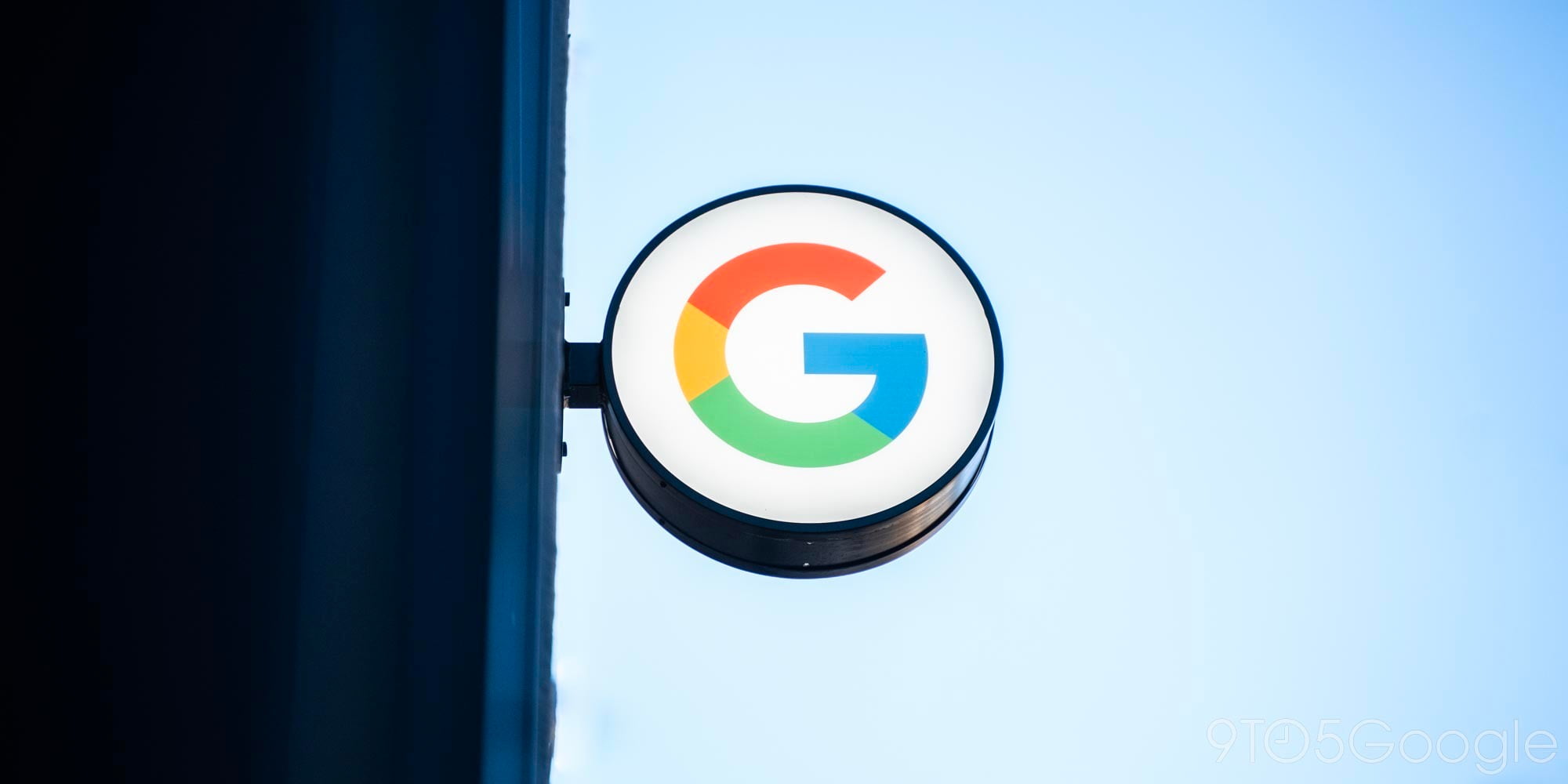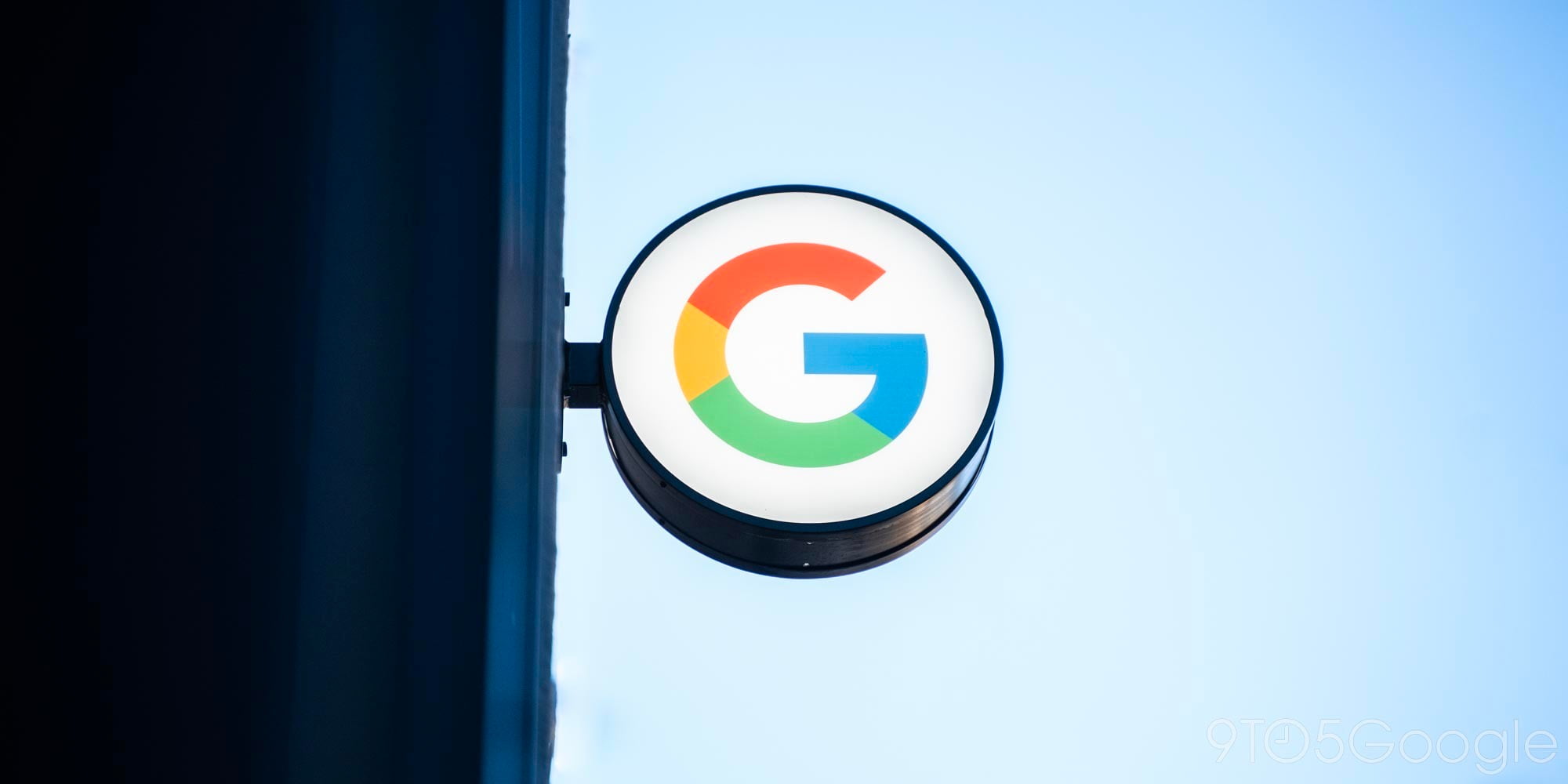
Google announced on its blog today that it is adding support for 5 new languages in Google Translate that combined are spoken by over 183 million people worldwide. The new languages, which include Bosnian, Cebuano, Hmong, Javanese, and Marathi bring Google Translate up to a total of more than 70 languages.
The five new languages are still in alpha (apart from Bosnian) but Google promised to “to test and improve them over time.”
-Bosnian is an official language in Bosnia and Herzegovina that’s also spoken in regions of neighboring countries and by diaspora communities around the world.
-Cebuano is one of the languages spoken in the Philippines, predominantly in the middle (Visayas) and southern (Mindanao) regions of the nation.
You can hear the Hmong language spoken in many countries across the world, including China, Vietnam, Laos, Thailand and throughout the United States.
-Javanese is the second most-spoken language in Indonesia (behind Indonesian), with 83 million native speakers.
-Marathi is spoken in India and has 73 million native speakers. Google Translate already supports several other Indian languages: Bengali, Gujarati, Hindi, Kannada, Tamil, Telugu and Urdu.






